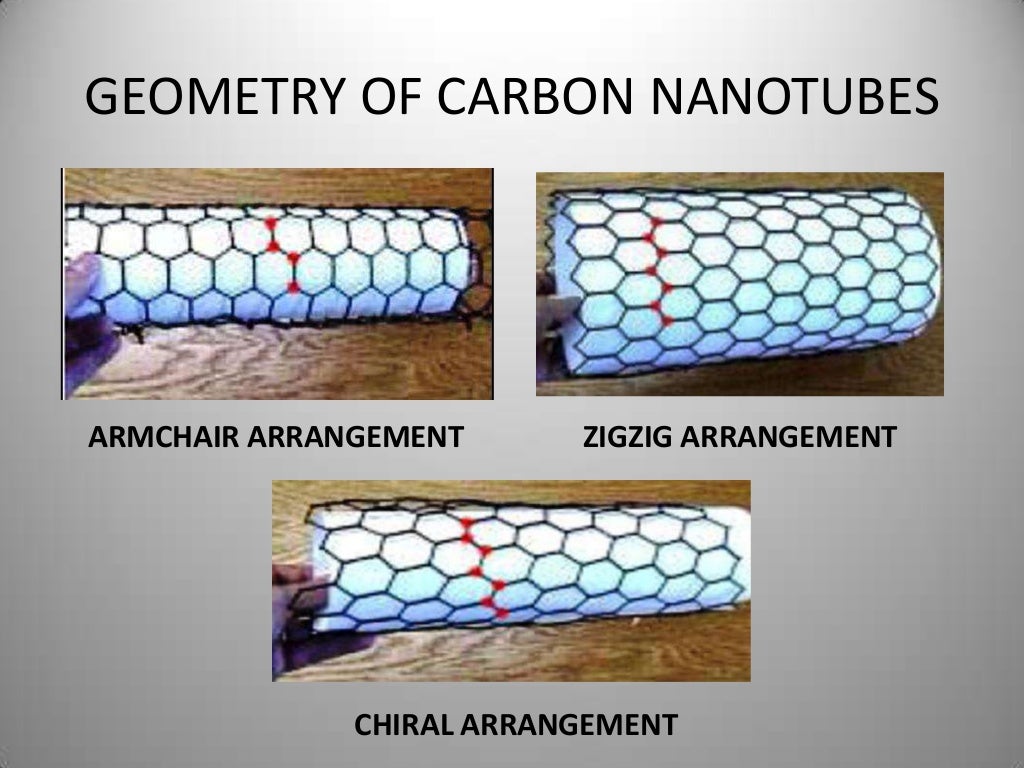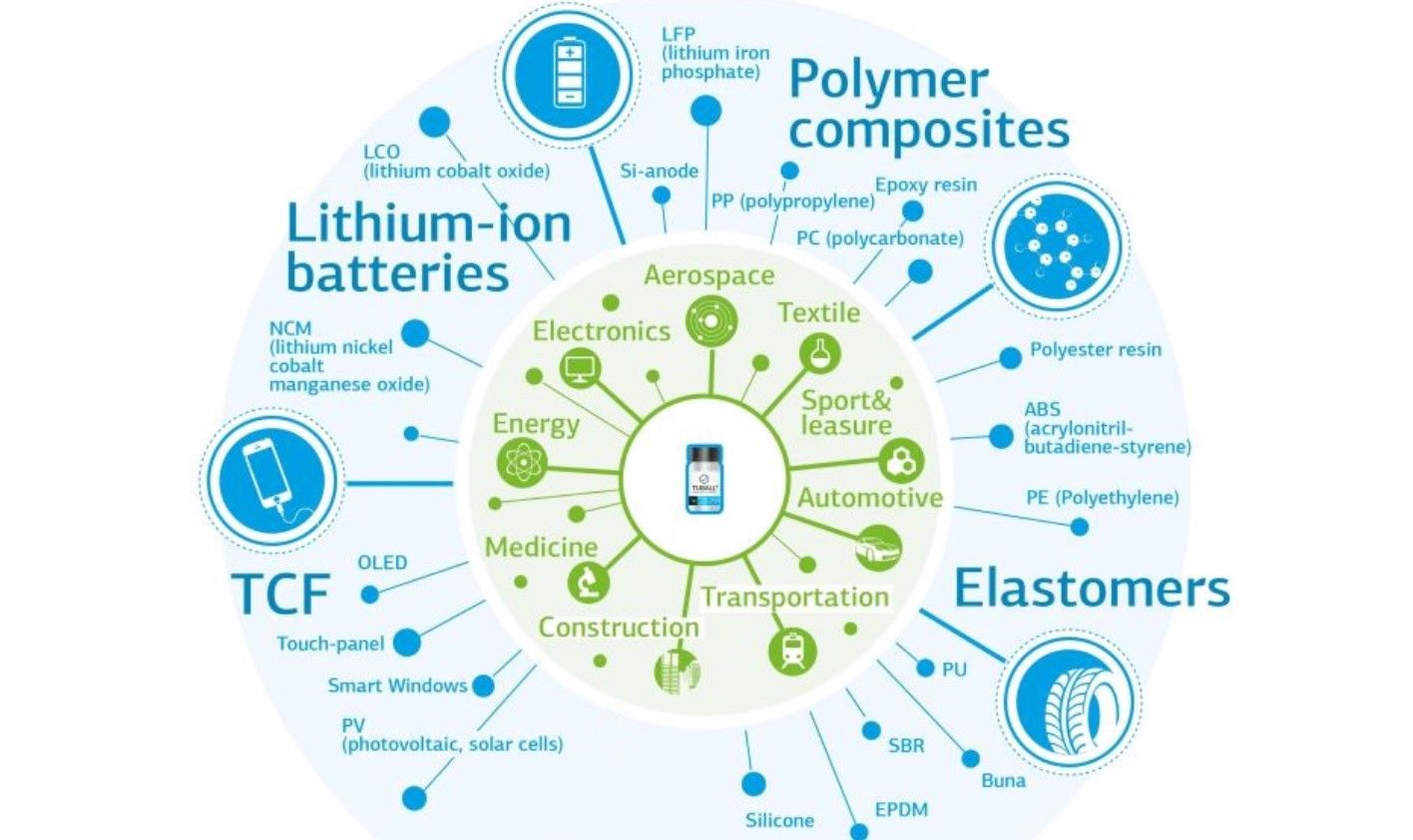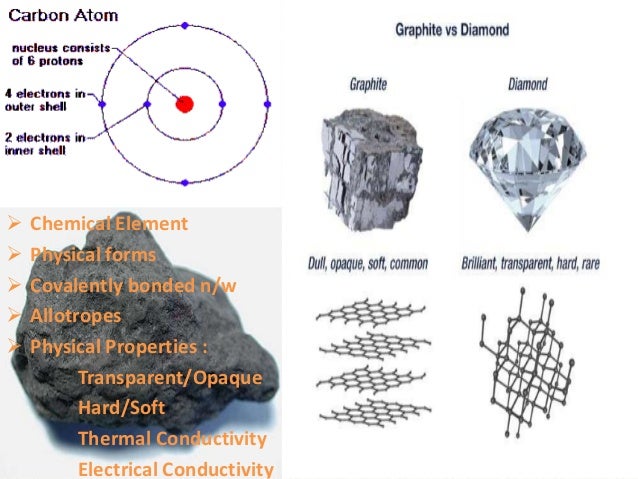
However, high-purity purification techniques still have to be developed. The purification of CNTs is carried out using various techniques mainly oxidation, acid treatment, annealing, sonication, filtering chemical functionalization, etc. The most common techniques currently practiced are arc discharge, laser ablation, and chemical vapor deposition and flame synthesis. Different types of carbon nanotubes can be synthesized in various ways.

For commercial applications, large quantities and high purity of carbon nanotubes are needed. Research on carbon nanotubes have shown the application in the field of energy storage, hydrogen storage, electrochemical supercapacitor, field-emitting devices, transistors, nanoprobes and sensors, composite material, templates, etc. The novel properties of nanostructured carbon nanotubes such as high surface area, good stiffness, and resilience have been explored in many engineering applications. Authors believe that microgravity processing will allow to better understand the nanotube formation process and eventually allow to grow nanotubes that are superior to ground-based production.Carbon nanotubes have been of great interest because of their simplicity and ease of synthesis. It has been demonstrated that microgravity can eliminate the strong convective flows from the carbon arc and single-walled carbon nanotubes have been successfully produced in microgravity. Much longer duration microgravity time is required for SWNT's growth such as the zero-G aircraft, but more likely will need to be performed on the international space station or an orbiting spacecraft. Principal result is that no dramatic difference in sample yield or composition was noted between normal gravity and 2.2 and 5s long microgravity runs. An arc reactor was operated in the drop towers at the NASA Glenn Research Center.
APPLICATIONS OF CARBON NANOTUBES FREE
To study the effect of buoyancy on the arc process, a miniature carbon arc apparatus was designed and developed to synthesize SWNTs in a microgravity environment substantially free from buoyant convective flows. High temperatures inside the plasma of a carbon arc generate strong buoyancy driven convection which has an effect on the growth and morphology of the single-walled carbon nanotubes (SWNTs).

It was determined that the synthesis of carbon nanotubes by the arc-in-water method is strongly affected by gravity. In this paper, we report on the synthesis of carbon nanotubes by means of the arc-in-water method under microgravity and normal gravity conditions. The "arc-in-liquid" method is a simple and inexpensive technique for the synthesis of carbon nanotubes and related nano-materials. Longer lengths of carbon nanotubes open up possibilities for spinning super strong fibers that can be used for a variety of purposes needing strength, lightness, and conductivity (Zhang et al. Physicists have theorized, but not proven, that in microgravity the elimination of convection could allow for the successful production of single-walled carbon nanotubes longer than one centimeter (Alford, Mason, and Feikema 2001).

Long single strands could be then interwowen into even stronger cables. Short strands are very difficult to connect with the same strength. Preferably tens of thousands of kilometers for space elevator. Many kilometer lengths of single-walled carbon nanotubes are required. 3 cm length is common and record is 55 cm. Only very short carbon nanotubes can be currently made. They consist of tiny threads of pure carbon nanotubes compressed into a fiber and lose the wondrous properties of pure nanotubes. You might hear announcements that nanotubes many feet long have been constructed, but those materials are actually composites. Extremely difficult to manufacture beyond a centimeter or so.

It is difficult to produce sheets larger than a postage stamp. The slightest impurity or imperfection at the molecular level can ruin its miraculous physical properties. At the moment, it is exceedingly difficult to product large quantities of pure graphene. If you built the suspension for the Brooklyn Bridge out of carbon nanotubes, the bridge would look like it was floating in midair. They are practically unbreakable and nearly invisible. Carbon nanotubes are sheets of graphene rolled into long tunes. Overview of commercial microgravity applications.Ĭarbon nanotubes are the toughest material known to science - two hundred times stronger than stell and stronger even than diamonds. Introduction to in-space manufacturing and in-space economy.


 0 kommentar(er)
0 kommentar(er)
